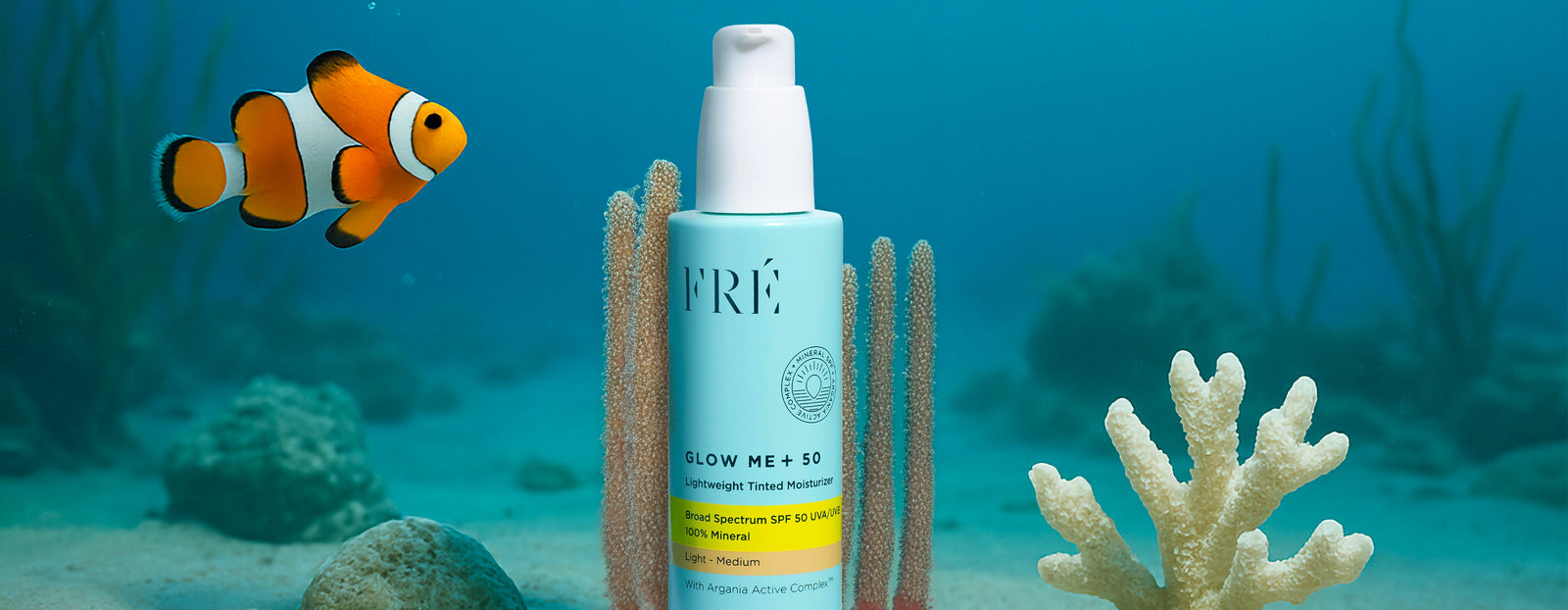
Buy the New Bronzing Sunscreen and Get a FREE Body Brush SHOP NOW.
VALID THROUGH 5/26 OR WHILE SUPPLIES LAST.
VALID THROUGH 5/26 OR WHILE SUPPLIES LAST.
30% OFF SITEWIDE! USE CODE SUN30 SHOP NOW.
VALID THROUGH 5/26
VALID THROUGH 5/26
Buy the New Bronzing Sunscreen and Get a FREE Body Brush SHOP NOW.
VALID THROUGH 5/26 OR WHILE SUPPLIES LAST.
VALID THROUGH 5/26 OR WHILE SUPPLIES LAST.
30% OFF SITEWIDE! USE CODE SUN30 SHOP NOW.
VALID THROUGH 5/26
VALID THROUGH 5/26
Buy the New Bronzing Sunscreen and Get a FREE Body Brush SHOP NOW.
VALID THROUGH 5/26 OR WHILE SUPPLIES LAST.
VALID THROUGH 5/26 OR WHILE SUPPLIES LAST.
Buy the New Bronzing Sunscreen and Get a FREE Body Brush SHOP NOW.
VALID THROUGH 5/26 OR WHILE SUPPLIES LAST.
VALID THROUGH 5/26 OR WHILE SUPPLIES LAST.
30% OFF SITEWIDE! USE CODE SUN30 SHOP NOW.
VALID THROUGH 5/26
VALID THROUGH 5/26
Buy the New Bronzing Sunscreen and Get a FREE Body Brush SHOP NOW.
VALID THROUGH 5/26 OR WHILE SUPPLIES LAST.
VALID THROUGH 5/26 OR WHILE SUPPLIES LAST.
30% OFF SITEWIDE! USE CODE SUN30 SHOP NOW.
VALID THROUGH 5/26
VALID THROUGH 5/26
Buy the New Bronzing Sunscreen and Get a FREE Body Brush SHOP NOW.
VALID THROUGH 5/26 OR WHILE SUPPLIES LAST.
VALID THROUGH 5/26 OR WHILE SUPPLIES LAST.
Your Bag
✕
Votre panier est vide




